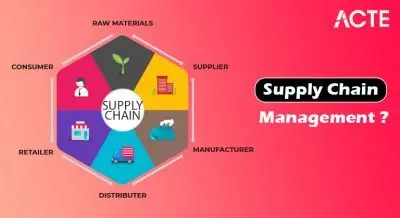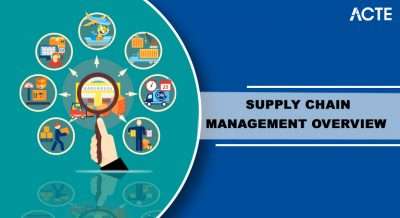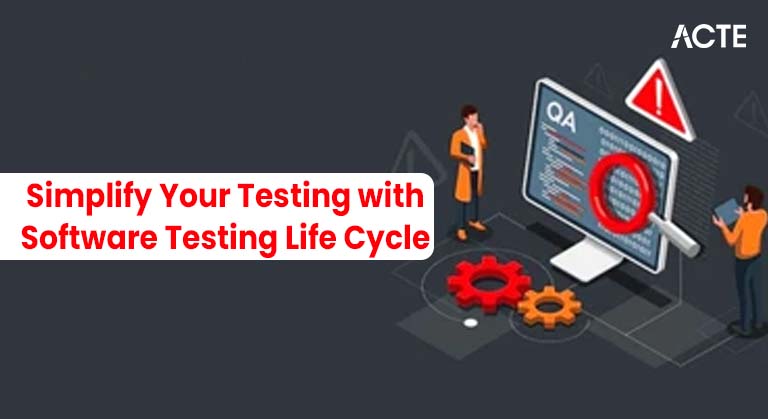
- Introduction to Software Testing Life Cycle
- Phases of Software Testing Life Cycle
- Importance of Software Testing Life Cycle
- Entry and Exit Criteria in STLC
- Roles and Responsibilities in STLC
- Tools Used in Software Testing Life Cycle
- Challenges in Software Testing Life Cycle
- Best Practices to Optimize STLC
- Conclusion
Introduction to Software Testing Life Cycle
Software Testing Life Cycle (STLC) is a systematic process followed by testing teams to ensure the quality and functionality of software applications. It defines a series of activities performed to validate the software product and make sure it meets the business and technical requirements. STLC acts as a roadmap, guiding the testing process from initial planning to test closure, ensuring all aspects of software quality are covered. It complements the Software Development Life Cycle (SDLC) and helps reduce defects, improve product reliability, and ensure customer satisfaction.
Are You Interested in Learning More About Software Testing? Sign Up For Our Software Testing Certification Training Today!
Phases of Software Testing Life Cycle
The Phases of Software Testing Life Cycle consists of multiple well-defined phases, each with specific objectives and deliverables: Requirement Analysis: Testers collaborate with business analysts and stakeholders to understand the requirements. They identify testable requirements, clarify doubts, and prepare a Requirement Traceability Matrix (RTM) to track coverage. The goal is to ensure the requirements are clear, complete, and testable. Test Planning: This phase involves creating a detailed test plan that outlines the scope, objectives, resources, timelines, tools, and risks. Test strategy and testing types (functional, regression, performance, security) are decided here. The plan defines roles and responsibilities, entry and exit criteria, and communication protocols. Test Case Design: Based on requirements and design documents, testers develop detailed test cases and test scripts. These include positive, negative, boundary, and edge cases. Test data preparation and automation feasibility analysis are also performed during this phase. Test Environment Setup: A test environment mimicking the production environment is prepared. It includes hardware, software, network configurations, databases, and necessary tools. The environment setup ensures that testing occurs under conditions similar to the end-user experience. Test Execution: Testers execute test cases and log results. Defects are reported, tracked, and retested after fixes.
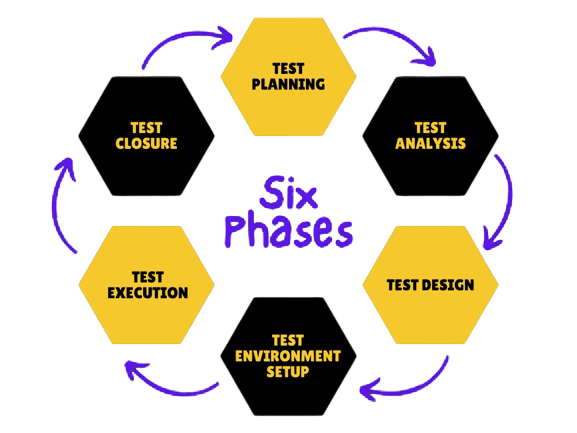
The execution phase involves continuous coordination with developers and other teams to validate fixes and retest impacted functionalities. Defect Tracking: Identified defects are documented with severity and priority. The defect lifecycle is managed through a bug tracking tool, ensuring timely resolution and closure. Communication among testing, development, and product teams is critical in this phase. Test Cycle Closure: After test execution, a formal closure process assesses test completion criteria, evaluates test metrics, documents lessons learned, and archives test artifacts. The team prepares a Phases of Software Testing Life Cycle summary report and conducts retrospectives to improve future cycles.
Importance of Software Testing Life Cycle
- The STLC provides structure and discipline to the testing process, avoiding ad hoc testing and random bug fixes. It enhances communication among stakeholders, helps in proper test planning, and ensures timely defect identification.
- Ensuring the delivery of high-quality software products is crucial. This is where the Software Testing Life Cycle (STLC) plays a key role. The STLC is a comprehensive process that helps identify defects and ensures the software meets the necessary standards before it reaches end-users.
- STLC reduces risks related to project delays, cost overruns, and customer dissatisfaction by ensuring defects are detected early. It supports continuous improvement in testing methodologies and helps in tracking testing progress through measurable deliverables and metrics. By following a defined life cycle, organizations improve software quality, reduce rework, and increase productivity.
- Entry Criteria: Requirement documents availability, environment readiness, test data prepared, and test cases designed.
- Exit Criteria: All test cases executed, critical defects resolved, test summary report approved, and sign-off from stakeholders.
- Changing Requirements: Frequent changes can cause rework and affect test plans.
- Incomplete Requirements: Ambiguous or missing details lead to insufficient test coverage.
- Resource Constraints: Limited skilled testers or testing environments impact quality.
- Time Pressure: Tight deadlines may force skipping critical testing phases.
- Communication Gaps: Poor coordination among teams can delay defect resolution.
- Tool Integration Issues: Incompatibility between tools can hamper automation and reporting.
- Early Involvement: Engage testers early during requirements gathering to identify gaps.
- Clear Documentation: Maintain up-to-date test plans, cases, and defect logs.
- Automation Strategy: Automate repetitive and regression tests to save time.
- Continuous Training: Upskill testing teams on new tools and methodologies.
- Effective Communication: Use collaboration platforms and regular meetings to ensure alignment.
- Risk-Based Testing: Prioritize testing efforts based on risk assessment.
- Metrics and Reporting: Track key performance indicators to measure progress and quality.
- Test Environment Management: Maintain stable and production-like test environments.
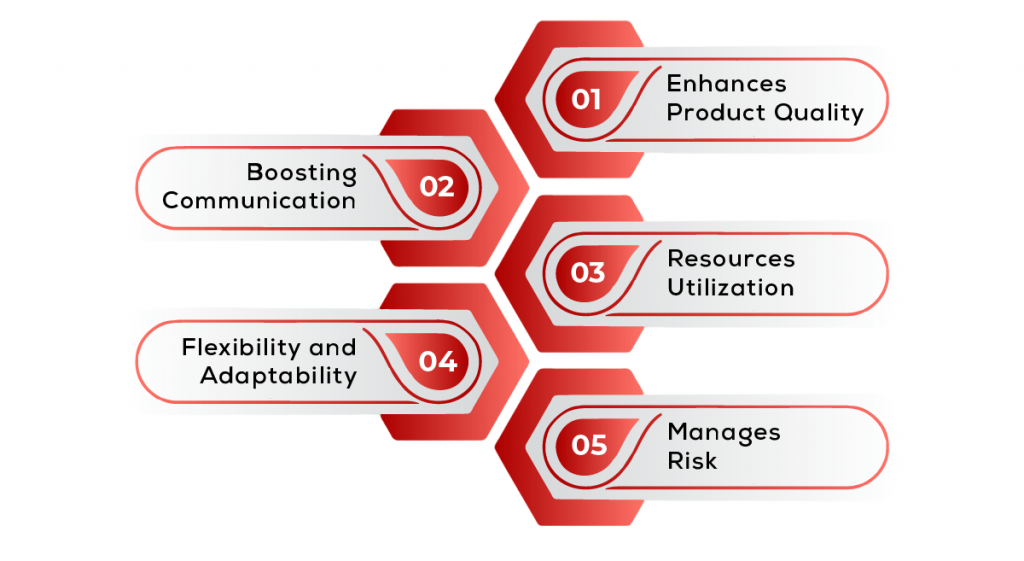
To Explore Software Testing in Depth, Check Out Our Comprehensive Software Testing Training Course To Gain Insights From Our Experts!
Entry and Exit Criteria in STLC
Entry and exit criteria define the prerequisites to start and finish each STLC phase, ensuring quality and readiness:
Clear criteria prevent premature phase transitions and help maintain testing discipline.
Roles and Responsibilities in STLC
The Software Testing Life Cycle (STLC) relies heavily on teamwork among various specialists, each bringing unique skills to guarantee thorough quality checks. Leading the charge, the Test Manager guides the whole testing process, handling strategic planning, tracking progress, and keeping a tight grip on testing activities to ensure resources and timelines stay on course. Working closely with them, the Test Lead acts as the practical foundation, expertly organizing daily testing tasks, assigning jobs wisely, watching team progress, and keeping management fully informed with clear updates. The Test Analysts and Engineers form the technical heart of the team, carefully examining requirements, creating strong test cases, and carrying out detailed tests. Automation Engineers boost speed by crafting advanced automated test scripts and keeping dependable automation frameworks running, which speeds up testing. Developers offer vital support by quickly fixing issues found and teaming up with testers to replicate tricky problems, while Business Analysts smooth out communication by making requirements clear and helping with validation steps. Lastly, Clients are key players, actively taking part in User Acceptance Testing (UAT) to confirm the final product truly meets real-world needs and provides a great user experience.
Want to Pursue a Software Testing Master’s Degree? Enroll For Software Testing Master Program Course Today!
Tools Used in Software Testing Life Cycle
The Software Testing Life Cycle (STLC) really thrives with the help of specialized tools that boost both how fast things get done and how accurate the testing is throughout every step. Platforms like Jira, Quality Center, and TestRail make managing tests easier by simplifying the planning, tracking progress, and creating reports, all in one place. On the other hand, automation tools such as Selenium, QTP/UFT, and TestComplete really change the game by letting testers create and run tests automatically, cutting down on manual work and making sure things are consistent. For tracking bugs, tools like Bugzilla, Mantis, and Jira are great because they give you a solid way to follow each issue from start to finish, making sure it gets documented and fixed properly. When it comes to performance testing, tools like LoadRunner and JMeter are powerful solutions that do stress and load tests to check if the system can handle the pressure. Plus, continuous integration tools like Jenkins and Bamboo fit testing right into the development process, which helps teams get feedback much faster. In the end, choosing the right tools is all about looking closely at what the project needs, the technology you already have, and what your team knows best to get the best results from testing.
Challenges in Software Testing Life Cycle
Despite its structured approach, STLC faces several challenges:
Addressing these challenges requires proactive planning, continuous communication, and flexible processes.
Best Practices to Optimize STLC
To maximize STLC benefits, organizations should adopt these best practices:
Implementing these practices ensures smoother execution, higher quality, and timely delivery.
Conclusion
The Software Testing Life Cycle is a critical framework that brings discipline, clarity, and efficiency to the testing process. By understanding and following each phase diligently, testing teams can deliver robust, defect-free software products that meet customer expectations. As software complexity grows, mastering STLC becomes essential for any quality assurance professional seeking to build a successful career in testing and software quality management. As technology advances, applications become more complex. Features like cloud integration, mobile access, and data security introduce new challenges. Following the STLC becomes even more important in these situations. It helps ensure that all aspects of the software are examined thoroughly. Skilled testing professionals must understand and apply each phase to keep pace with these changes. Building expertise in STLC can also open doors to higher roles in quality assurance and testing. Since most software projects depend on effective testing, mastering this cycle means building a strong foundation for career growth.

